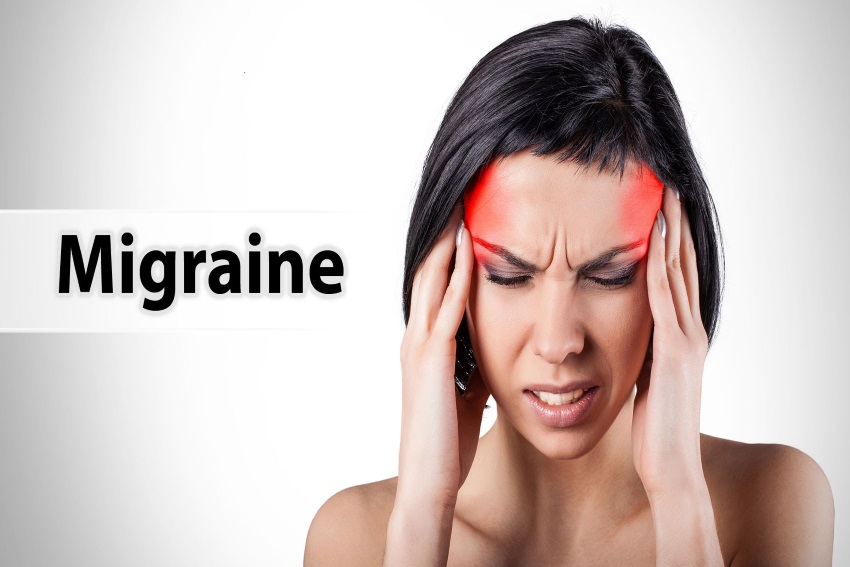

Most Common Type of Headache
Tension headaches, a common variety of head pain, is often described as a tightness or a dull ache around the head or behind the eyes. This kind of headache is often caused by subluxations in the upper back and neck which is effectively treated with chiropractic adjustments.
Numerous research studies have shown that chiropractic adjustments are very effective for treating tension headaches, especially headaches that originate in the neck.
By manipulating the upper two cervical vertebrae, most cases of tension headaches can be significantly improved.
This treatment is often coupled with adjustments to the junction between the cervical and thoracic spine. This is also helpful in most cases of migraine headaches, as long as food and lifestyle triggers are avoided as well.
Dr. Barainca is trained in a technique called Vector Point Cranial Therapy which is very effective in relieving a headache immediately.
Tension Headaches
Although headaches can be due to a wide variety of causes, such as drug reactions, temporomandibular joint dysfunction (TMJ), tightness in the neck muscles, low blood sugar, high blood pressure, stress and fatigue, the majority of recurrent headaches are of two types: tension headaches (also called cervicogenic headaches) and migraine headaches. There is a third, less common, type of headache called a cluster headache that is a cousin to the migraine.
Tension type headaches are the most common, affecting upwards of 75% of all headache sufferers. Most people describe a tension headache as a constant dull, achy feeling either on one side or both sides of the head, often described as a feeling of a tight band or dull ache around the head or behind the eyes. These headaches usually begin slowly and gradually and can last for minutes or days, and tend to begin in the middle or toward the end of the day. Tension headaches are often the result of stress or bad posture, which stresses the spine and muscles in the upper back and neck.
Tension headaches, or stress headaches, can last from 30 minutes to several days. In some cases, chronic tension headaches may persist for many months. Although the pain can at times be severe, tension headaches are usually not associated with other symptoms, such as nausea, throbbing or vomiting.
The most common cause of tension headaches is subluxations in the upper back and neck, especially the upper neck, usually in combination with active trigger points. When the top cervical vertebrae lose their normal motion or position, a small muscle called the rectus capitis posterior minor (RCPM) muscle goes into spasm. The problem is that this small muscle has a tendon which slips between the upper neck and the base of the skull and attaches to a thin pain-sensitive tissue called the dura mater that covers the brain. Although the brain itself has no feeling, the dura mater is very pain-sensitive. Consequently, when the RCPM muscle goes into spasm and its tendon tugs at the dura mater, a headache occurs. People who hold desk jobs will tend to suffer from headaches for this reason.
Another cause of tension type headaches comes from referred pain from trigger points in the Sternocleidomastoid (SCM) or levator muscle on the side of the neck. These are much more common in people who suffer a whiplash injury due to the muscle damage in the neck region.
Chiropractic treatment for back pain and back injury involves getting everything back in its natural position. We'll examine the curvature of your spine, and look for other issues, and then recommend a course of natural and safe treatment. Come in and get results.
